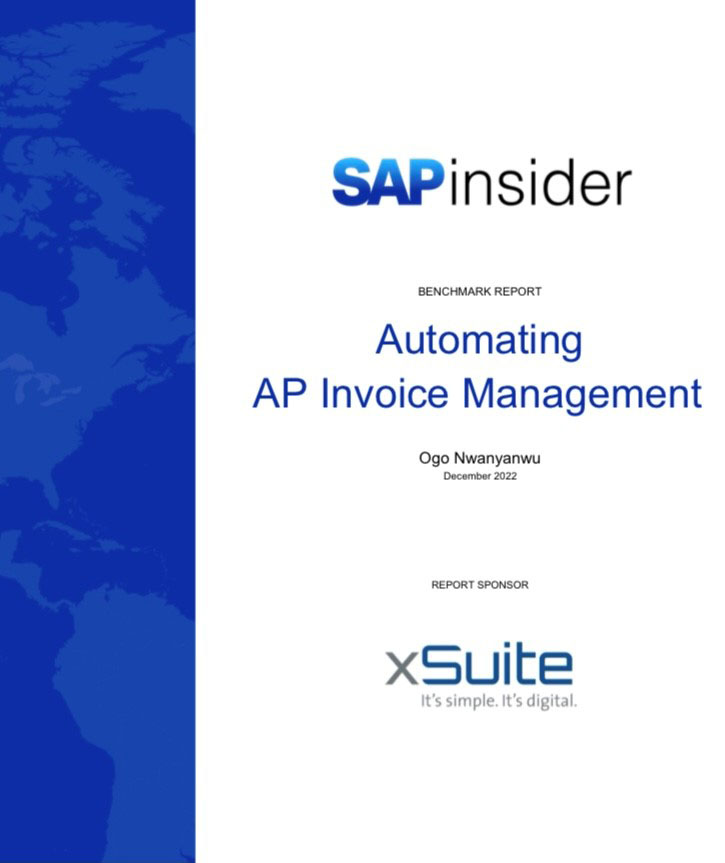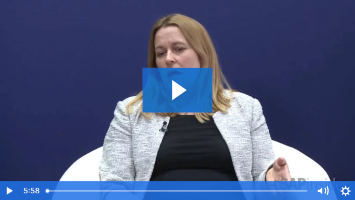Ease Reporting by Enhancing Your Security Deposit Conversion Process in FI-CA
Learn about the enhanced functionality of the security deposit conversion process based on security deposit request reasons in SAP contract accounts receivable and payable (FI-CA). The enhancement involves the posting of security deposits in the SAP system so that they can be easily identified on the basis of request reasons through standard SAP reports. The...








